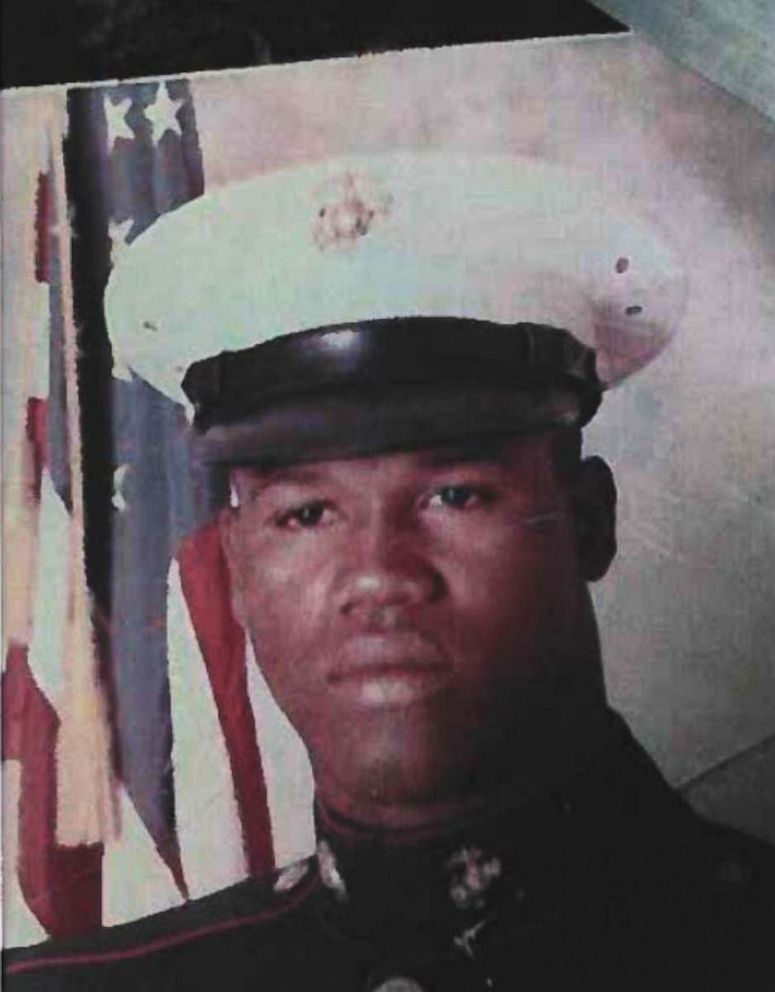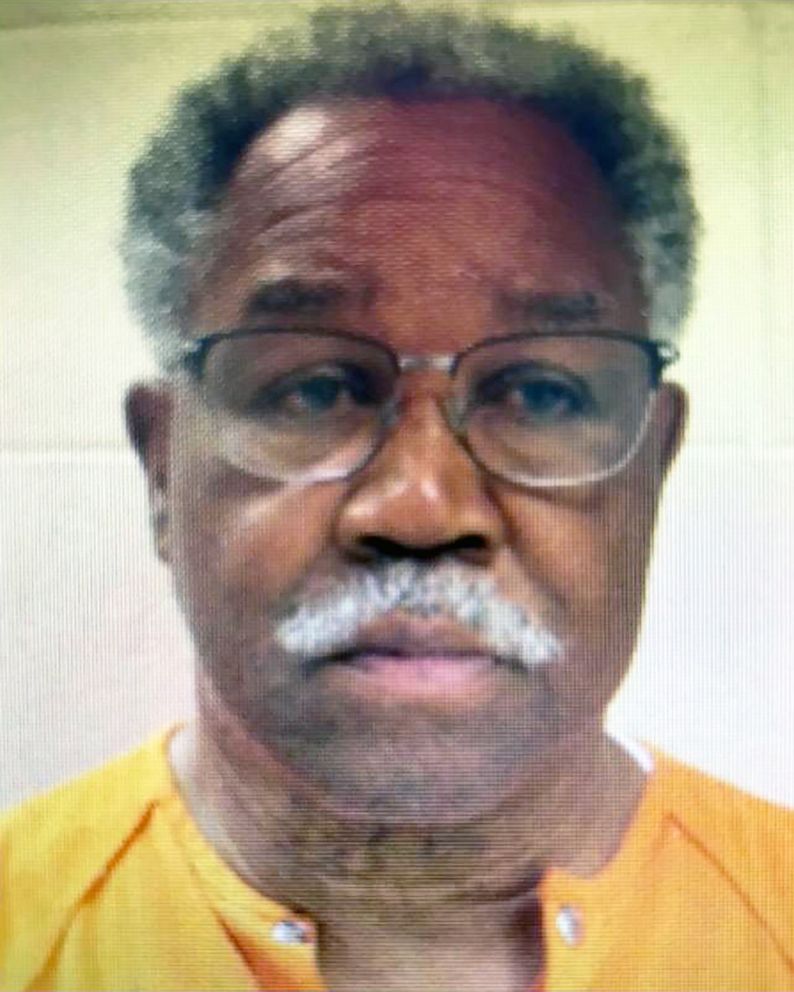Genetic genealogy links former Marine to young woman's murder in 1976: Sheriff
Leslie Penrod Harris, 30, was found strangled to death on May 18, 1976.
DNA and genetic genealogy have linked a former Marine to the murder of a young California woman who was strangled to death in 1976, according to authorities.
The body of 30-year-old Leslie Penrod Harris was found on a road near the Marine Corps Air Station El Toro in the early hours of May 18, 1976, the Orange County Sheriff’s Department said.
Harris had been out to dinner with her husband the night before, but left the restaurant alone, the sheriff's office said. Harris' husband reported her missing and her body was found about five hours later.

Her unknown killer was believed "to have a military connection as the place where Harris’ body was discovered was an area unknown to the public surrounding the base," the sheriff's office said.

But the case turned cold.
Decades later, in 2018, investigators turned to the emerging DNA technique known as genetic genealogy.
With genetic genealogy, an unknown killer's DNA from a crime scene can be identified through his or her family members, who voluntarily submit their DNA to a genealogy database. This allows police to create a much larger family tree than using law enforcement databases like the Combined DNA Index System, or CODIS, in which an exact match is needed in most states, according to genealogy expert CeCe Moore.
In April 2018, the suspected "Golden State Killer" became the first public arrest through genetic genealogy. Since then over 50 suspects have been identified through the technology, according to Moore.
In 2019, investigators working the Harris murder "had a lead to start building a genealogy profile," according to the sheriff's office, and were able to identify Eddie Lee Anderson, 66, as a person of interest.

Anderson, a former Marine, lived on the Marine Corps Air Station El Toro in the early 1970s, according to the sheriff's office. At the time of the crime, Anderson lived less than a mile from the restaurant where Harris had been the night she was killed, the sheriff's office said.
On May 23 Anderson voluntarily gave investigators a DNA sample, and the next day, he was arrested on suspicion of murder at his Louisiana home, the sheriff's office said in a statement Thursday.
Investigators are still interviewing Anderson to determine if there was any relationship between him and the victim, Carrie Braun, a spokeswoman for the sheriff's office, told ABC News.
A motive is not clear, Braun added.
Orange County District Attorney Todd Spitzer credited advancements in traditional DNA and genealogical DNA with the "opportunity to solve decades-old cases that would have otherwise been left unsolved."
An extradition hearing is set for Friday. It was not clear if Anderson has an attorney.
ABC News' Alex Stone contributed to this report.




